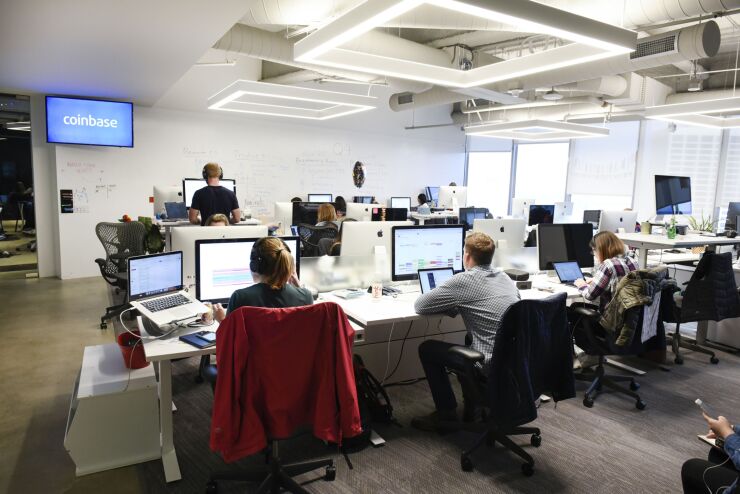Twitter made headlines recently when chairman Jack Dorsey announced that employees don’t have to return to the office. Ever. Google, Facebook, Microsoft, too, extended their work from home policies into the fall. Dorsey said he was considering the move pre-COVID.
The Silicon Valley titans are legendary for building exquisite campuses designed to keep employees engaged by making their lives more convenient. Many commuted on company shuttles, indulged at the corporate cafeteria, and, from their stand-up desks, managed their dry cleaning pick-ups, took breaks along the company jogging trails, and met colleagues for coffee at the on-site Starbucks. Now that the corporate campus may be going the way of the dodo bird for some large companies, how can corporate America take care of its people while encouraging them to do their best work? Is the trade-off of no commuting, the Brady Bunch Zoom grids that serve as meetings, and a perennially messy desk at home worth it?
For the short term, I’m betting yes. We now have evidence that shows that people can do great work outside the office. And, truth be told, the telework revolution was well underway before the pandemic. The power of being trusted to do your work at your pace in your own way, the pleasure of not having to endure bumper-to-bumper traffic, the ability to jump on your bike at midday and use that time to solve some work challenges, all supercede the positives of the construct that used to be the corporate office.
But, we’re human, after all, and as people, we need to connect with others. It makes us happy and complete. Maslow’s simple hierarchy of needs is right on point: our sense of belonging and the esteem that we derive from our connection to others lets us self-actualize. Not all of this back-patting and high-fiving can happen virtually.
We will be going back to the office. But not to work as we knew it.
The big shift that will drive permanent change is realizing that we don’t have to be doing the same thing at home as we do at the office.
To get the high five in the hallway feeling, we need to be thoughtful about what we’ve given up, and create a new experience going forward. Technology can help replace some of what’s been lost — it already has — and we’re going to see even better solutions emerge. But to reimagine the new physical office, leaders must break down the workflow, uncover the pain points and see new areas of opportunity to improve the employee experience.
Pre-COVID, we were all being squeezed, physically, at work. In 2016, CRM marketing company Hubspot predicted that by 2020 office space would shrink from 400 to 150 square feet per person. The good news is that with more people working from home, office design will change, dramatically. I expect personal office space will be larger. I hope it doesn’t mean the return of the cubicle, but new design will be focused on ensuring that people can be safe together and that will require solutions for social distancing.
In the short term, when meetings do happen, people are spaced six feet apart and, before entering a meeting room, they’re temperature-free, for example. In eastern China, inventive school children
Weekly meetings, the bonding ritual of many organizations, will need to be reengineered. They serve a purpose — to engage, motivate and cheer colleagues for work well done. I’m not sure that exact feeling can be replicated via Zoom. I predict they will no longer happen weekly, but employees will gather together — yes, in the same building — to celebrate wins together. For now this will likely be reserved for larger celebrations and critical intersections where a sense of coming together is safe and necessary.
Innovation happens spontaneously.
That’s a myth. Innovation is the happy result of a culture that encourages new thinking to solve challenges. And yet, there is this lofty notion that when people are together, there’s more room for on-the-fly innovation. That’s a hard idea to give up. Drive-bys in the hallway do spark new thinking. Week-long innovation retreats will likely morph into tighter surgical strikes that pull people out of their homes and bring them together in small groups. Innovation and collaboration will always be a critical component to organizations, it just has to be a bit more structured to accommodate the move to digital connectivity.
What happens at the office …
When the office will no longer be used for the day-to-day details of work, other uses will emerge for doing what offices do best — bring people together. The focus will be on the employee experience. The office of the future can be an innovation center and a training hub. COVID-19 forced us to rethink how we keep our people healthy and safe. That’s smart no matter the circumstances and now there’s an incentive for organizations to initiate policies that support physical and mental health. Easy fixes will be swapping the junk food in vending machines for healthier options. Other changes might include building in daily breaks for walks, or meditation or other healthy activities. All good.
New policies will be adopted to keep employees safe. We’ve always said to employees that if they are sick, stay home. With COVID-19, new, stricter rules will emerge to make sure employees stay home. This will impact sick time benefits significantly — but the downside is that the shift may require some productivity gains while workers are recovering. This is tricky territory.
The office will come back. It just won’t look like the office as we knew it. And why should it? Many people don’t have to “go to work” to work. The organizations that are applying total resilience to reengineer the office experience are setting themselves up for happier, more engaged, more productive employees. No matter where they do their work.






